
John D. Rockefeller and Andrew Carnegie had _________________ on the Oil and Steel industries during the Gilded Age. These types of business had FULL CONTROL over their industries.
Monopoly or trust
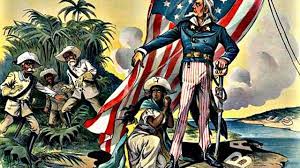
The end of this war gave the US the territories of the Philippines, Puerto Rico, Guam. and Cuba, which marked the beginning of US Imperialism
Spanish American War (1898)

This event on October 29,1929 marked the beginning of the Great Depression.
Stock Market Crash
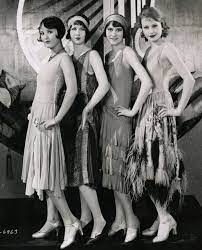
During the 1920s, these women challenged the traditional roles of women by wearing choppy hair, short dresses, and going out without chaperones *gasp :O*
Flappers
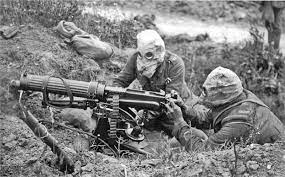
This technological innovation made WWI a deadlier war than there had ever been before, which led to both sides resorting to trench warfare to protect themselves from this new technology
Machine Guns

These progressives were the investigative journalists who exposed the cruel realities of big business during the Progressive Era.
Muckrakers

This Pacific Island served as a "bridge to China," opening the Asian trade market for the United States.
Philippines
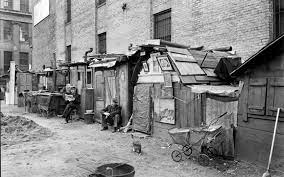
These makeshift shelters were built during the Great Depression as a response to sudden homelessness.
Hoovervilles/Shanty Towns
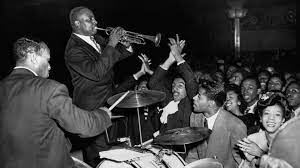
This was the movement that saw a growth in the appreciation and acceptance of African American culture in the United States. Jazz music was a main contribution of the movement towards society.
Harlem Renaissance

These weapons were dropped on the Japanese cities of Hiroshima and Nagasaki, forcing Japan to surrender and leading to the end of WWII
Atomic/Nuclear Bomb
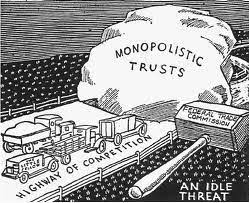
Progressives pushed for the government to pass these legislations to fix the problems in the economy, society, and government.
Reforms
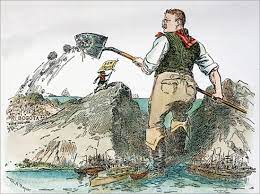
Panama received military aid from the United States to gain its independence from Colombia, in exchange for the US having control over this important trade route.
Panama Canal

This massive legislation was President Franklin D Roosevelt's solution to the Great Depression. This plan focused on using government money and actions to provide relief, recovery, and reform to Americans during the Depression.
New Deal
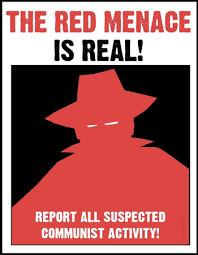
During both the 1920s and 1950s, the United States experienced a mass fear of communism known as--
Red Scare

____________ were dug by soldiers during WWI to protect themselves from machine gun fire, which lead to long periods of ____________.
trenches, stalemate

Workers joined these to collectively bargain for better hours, safer working conditions, and fair wages.
Labor Unions
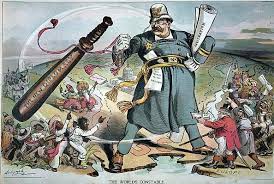
Roosevelt's foreign policy that opened Latin America to US influence.
Roosevelt Corollary/Big Stick Policy
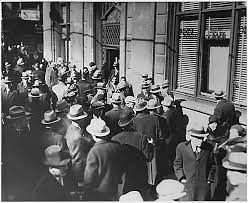
Prior to the Stock Market Crash, banks were engaging in ___________ __________, investing depositor's money into the stock market and losing the life savings of Americans all around the country.
Shaky Banking
The 1920s saw a shift from ____________ values, based on religious beliefs, to ____________ values, based on science and social advancement.
Traditional, Modern/New

These two battles were considered turning points of the war for the United States during WWII
Midway & Invasion of Normandy/D-Day

These types of leaders abused their positions of power in government to benefit themselves socially, politically, or financially
Political Machines/Bosses
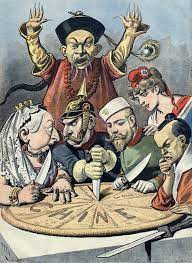
This policy was enacted to ensure the United States had an open the door to the Chinese trade market
Open Door Policy

Presidents Harding, Coolidge, and Hoover all enacted ____________ ____________ government policies, which kept the government from interfering with the economy. These policies prevented the government from taking action to stop the progression of the Great Depression
Laissez Faire

This belief by "native" US citizens (White/Protestant Americans) that they were superior to other nationalities, which included Chinese immigrants and Eastern European immigrants.
Nativism
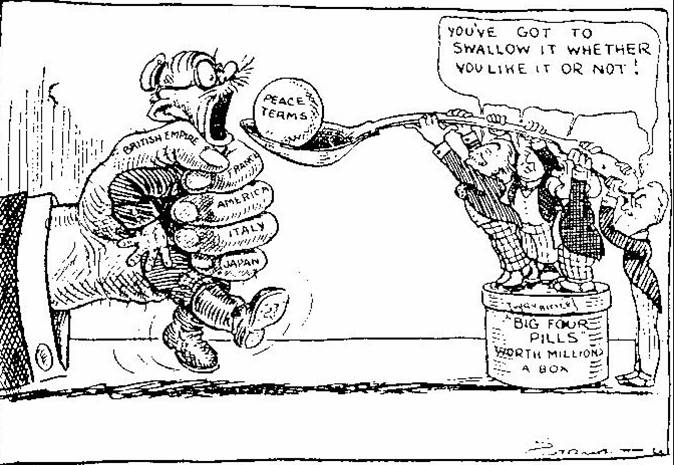
This treaty established Germany as the country to blame for WWI, and punished them by making them pay reparations, give up imperial territories, and reducing their military power to almost nothing.
Treaty of Versailles